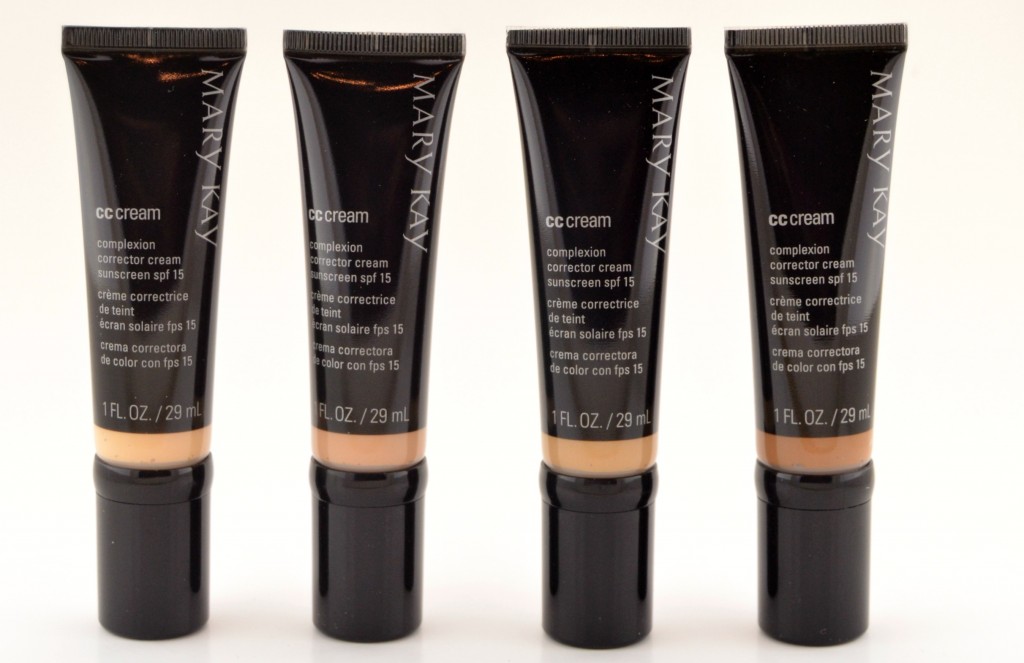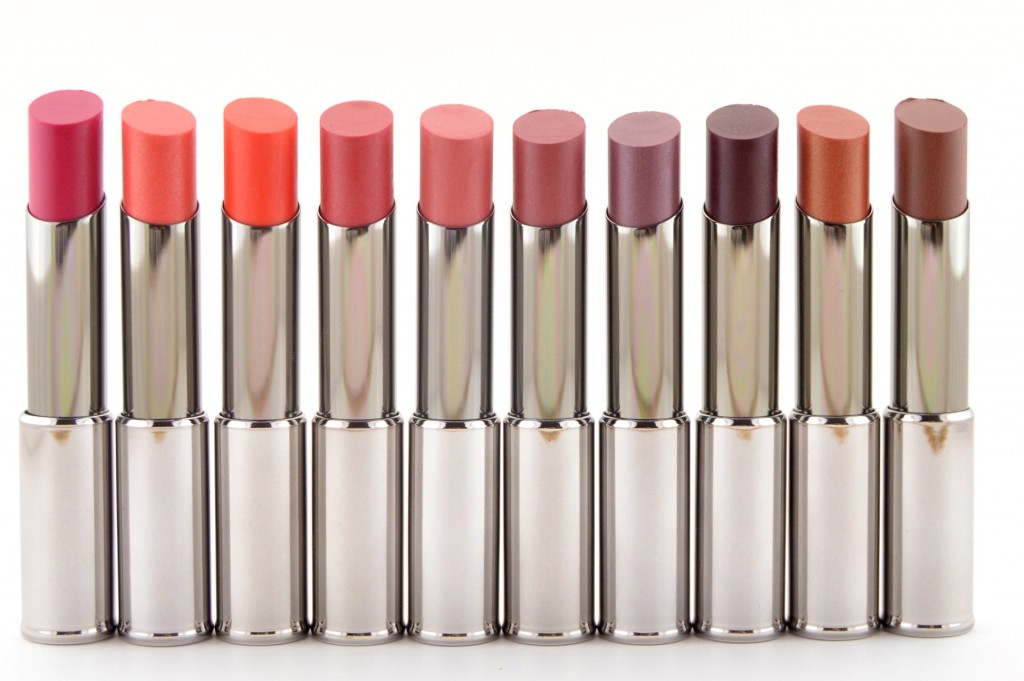Think I may need to read this book - enjoyed reading
this blog from
HeadHeartHand- convicting and challenging and I certainly need help in this area!


The top-ranked book in the self-help section of the New York Times bestsellers list is
The Life-Changing Magic of Tidying Up. That’s right, a book on tidying up has become a bestseller. I suppose anything with “life-changing” in the title is going to attract attention, but that doesn’t fully explain its popularity. I believe that the book’s success is more about the “tidying up” part of the title than the “life-changing” bit. Like all best-selling books, it reveals something about our culture, about our personal lives – that we are in a mess!
A study of middle-class families in Los Angeles found that just one in four families could fit a car in its garage. It also found that mothers’ stress levels rose as they described their household mess.
Too Much Stuff
We all feel we’ve got just way too much clutter in our lives – too much in our heads, too much in our homes, too much in our offices, and way too much data everywhere. And it’s hurting us – we’re stressed out over all the stuff that’s encircling and enveloping us. But how to stop it? How to drive it down and out? We have the occasional cathartic clean out, but a week later, we’re back to messy (and stressy) central. We sense that there’s peace on the other side of the mounds of papers, clothes, boxes, tins, toys, and electronics, but how do we get there…and stay there?
Family Crusade
Once I read the book, I bought copies for my wife and family. Not all of us have read it through yet, but we’ve had a couple of tutorials in which I summarized the key points of the book and we are all now one month into a crusade to clear out our clutter and prevent it re-invading – and even my teenage sons are on board, piling up the bin bags.
Although Kondo goes over the top in an OCD kind of way when she gets down to the details, the general principles are simple and do-able.
The basic thesis of the book is: Start by discarding. Then organize your space, thoroughly, completely, in one go.
The bit we usually ignore or short-circuit is the discarding. We start organizing without discarding, or without sufficient discarding, which makes it virtually impossible to organize anything in a way that will produce permanent clutter-free results.
Revolutionary
But the second sentence is also quite revolutionary in that it swims against the general tide of advice on the subject which is to do a little bit of tidying every day. No, says Kondo, “tidy a little a day and you’ll be tidying forever…[Whereas] if you tidy up in one shot, rather than little by little, you can dramatically change your mind-set.”
If you use the right method and concentrate your efforts on eliminating clutter thoroughly and completely within a short span of time, you’ll see instant results that will empower you to keep your space in order ever after.
The third part of her text that we should exegete is “in one go.” By that, she doesn’t mean “in one day.” She means determined, concentrated, and sustained focus on the job until it’s done, which in her experience is usually about six months.
Although, as I said, she goes over-the-top in certain areas (like folding socks!), the book, especially the first half, has 5-6 basic principles that even the worst hoarder can put into practice:
- Do not start putting away until you’ve got rid of everything you want to discard.
- Tidy by category rather than location. For example, clothes today, books, papers.
- Start with the easiest stuff to discard and build momentum and skill to tackle the harder decisions (clothes first, then books, papers , miscellany, and lastly, mementos.)
- Focusing solely on throwing things away can only make you unhappy. Rather, choose what you want to keep and keep only what you love and makes you happy.
Despite four Saturdays (and four bonfires) spent on this, our family is probably only halfway through our discarding phase. However, we already feel significant psychological and even spiritual benefits, motivating us to press on to minimalist bliss. As Kondo said:
A dramatic reorganization of the home causes correspondingly dramatic changes in lifestyle and perspective. It is life transforming. When you put your house in order, you put your affairs and your past in order, too.
It’s common sense, isn’t it? But it’s also biblical sense. I view it as my contribution to the cultural mandate (Gen. 1:28), and part of my imaging of the God who is a God of order and not of confusion (1 Cor. 14:33).







.JPG)

















.JPG)
.JPG)








!['24 weeks and a new 'do! Thanks @[100001537367830:2048:Craig Mackenzie Hammonds] !!'](https://scontent-ord.xx.fbcdn.net/hphotos-xfp1/v/t1.0-9/p296x100/10983861_841770489823_9058886692213795472_n.jpg?oh=8242711f3a961111b39ab5fa2d699fe9&oe=55891FCF)












